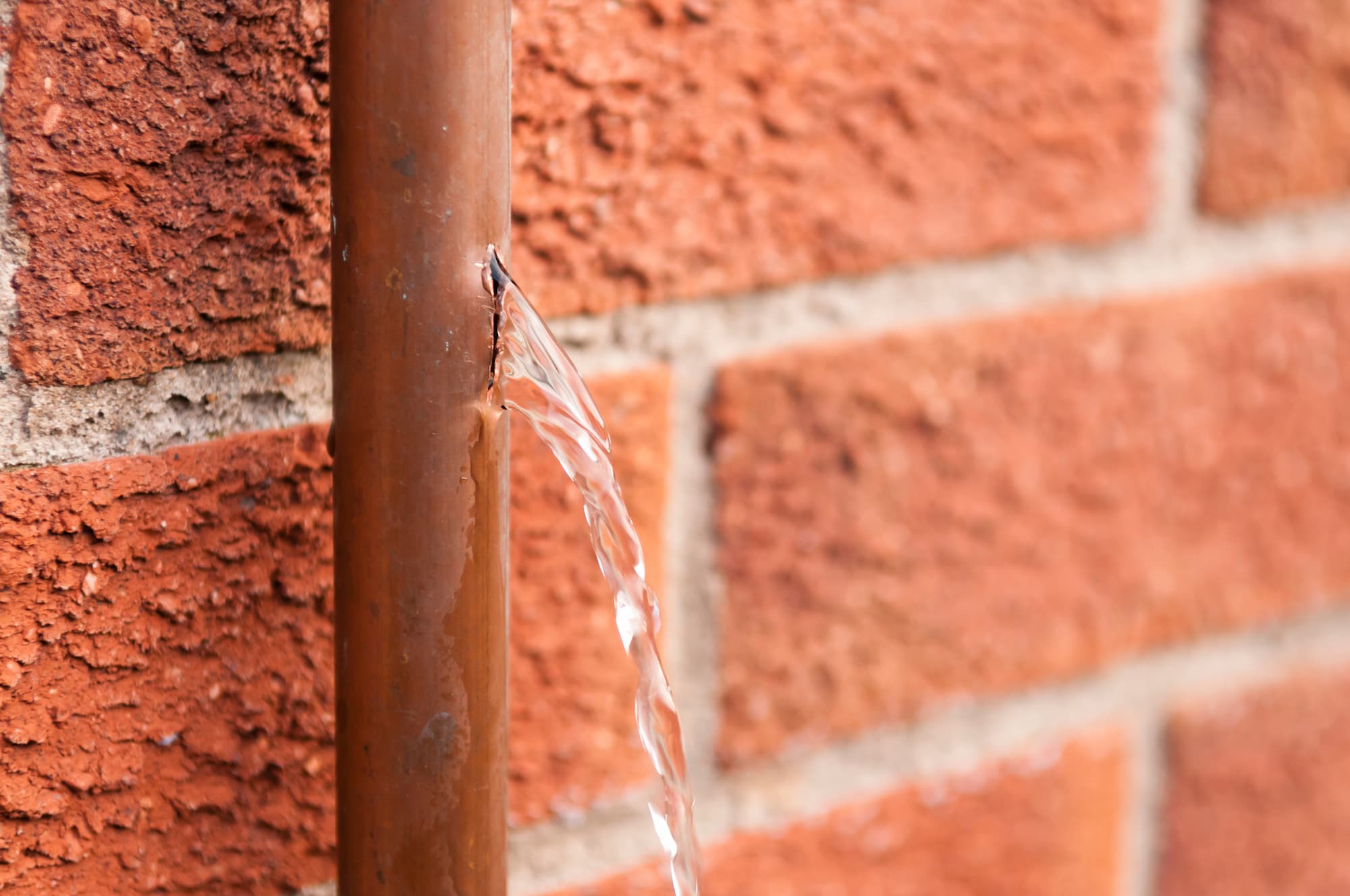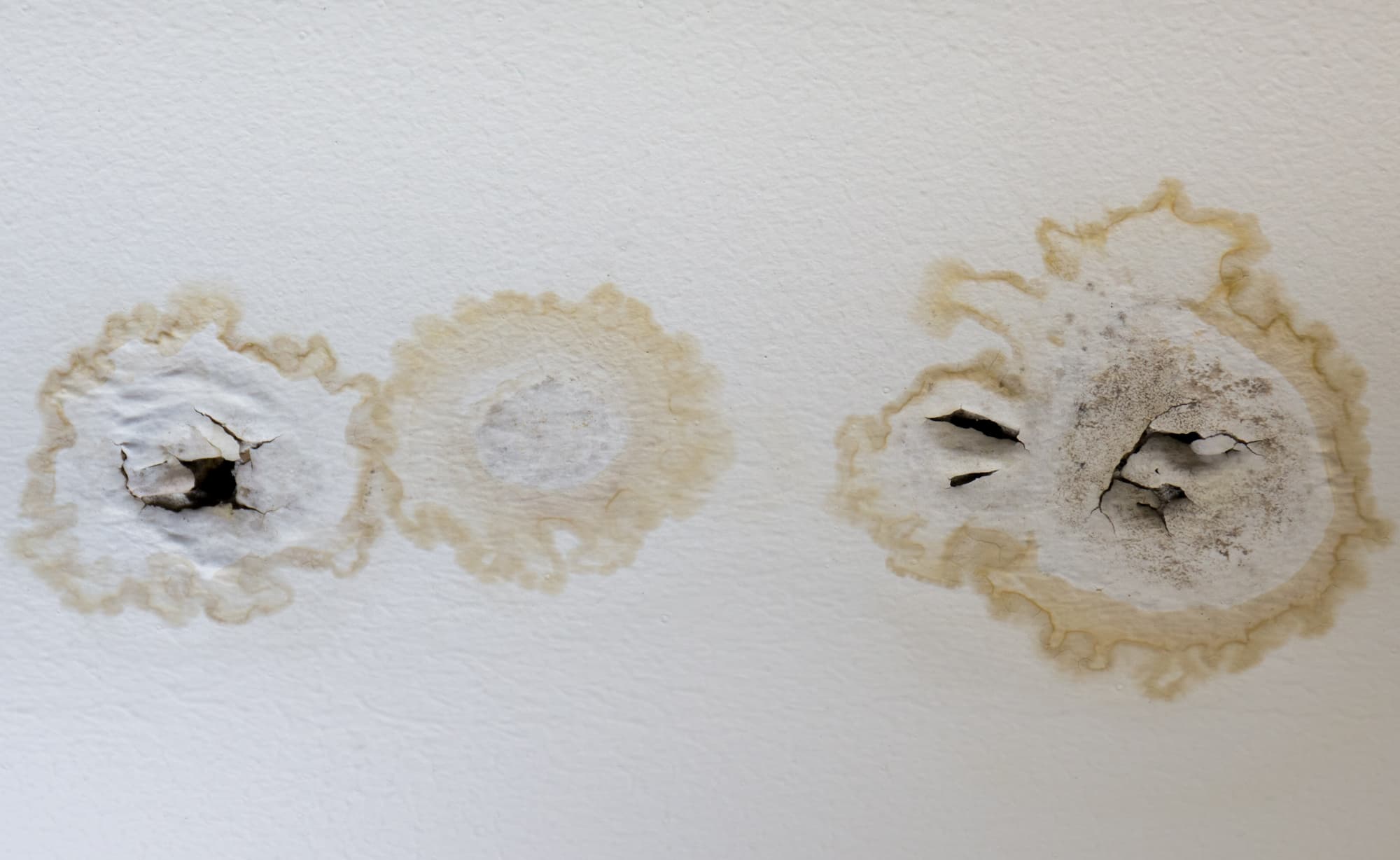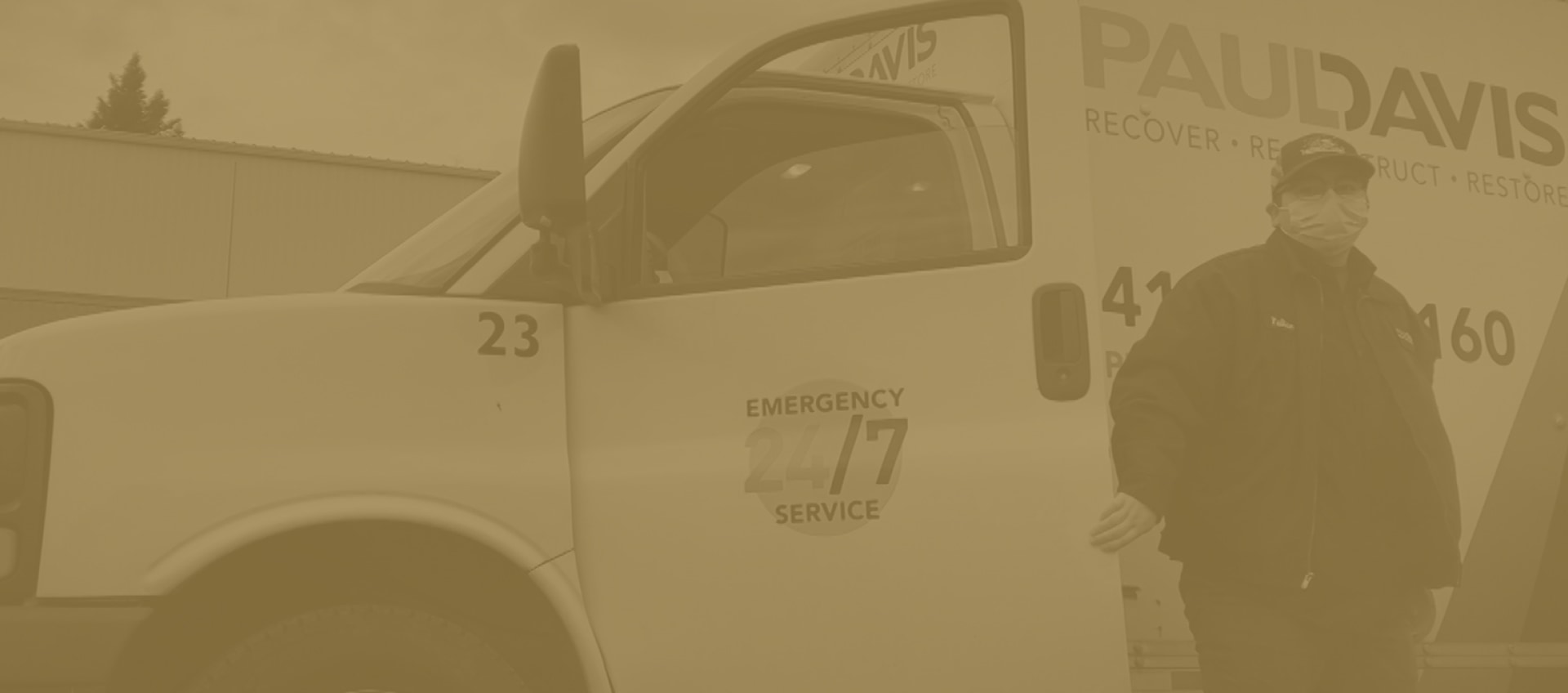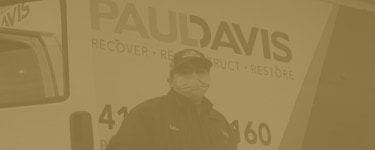Mold can be a hidden threat in homes, impacting property and health. Understanding how mold grows and the conditions that support its development is essential for effectively addressing this issue. Many homeowners wonder, “How long does it take for mold to grow?” In suitable environments—typically warm, damp, and poorly ventilated areas—mold can start to develop within 24 to 48 hours. By knowing the growth timeline of mold and the steps to prevent and remove it, you can better protect your home and family from mold-related risks.
Are you concerned about mold in your home or business? At Paul Davis Restoration, we help you identify the warning signs and tackle mold before it becomes a serious problem. Read on to learn what causes mold and how to prevent it.
How Mold Spreads and Grows
Mold is a fungus that spreads through airborne spores and thrives in damp, poorly ventilated environments. Once inside a home, it can grow on surfaces like wood and drywall if moisture, warmth, and organic materials are present. Mold damages property and can trigger allergies and respiratory issues, making prevention crucial for a healthy home.
How Long Does It Take for Mold to Grow?
Mold can start growing faster than you might expect. In warm, humid, and poorly ventilated areas, mold spores can begin to take hold on surfaces within just 24 to 48 hours. This quick onset means promptly addressing water damage or high humidity to prevent mold from establishing itself.
Several factors determine how quickly mold grows. The type of mold, the surface it lands on, and the surrounding conditions all influence its growth rate. Some molds spread more rapidly, especially on porous materials like drywall or fabric, which provide an ideal environment. On the other hand, cooler and drier conditions can significantly slow down or even stop mold growth.
Knowing how quickly mold can develop helps homeowners act swiftly to prevent it. Tackling moisture problems and ensuring good ventilation minimizes the chances of mold taking hold, protecting your home and health.
Key Factors That Affect Mold Growth
For homeowners, learning what encourages mold growth is key to prevention. High humidity is a major culprit. Mold loves environments where humidity exceeds 60%. Keeping indoor humidity between 30% and 50% can help keep mold at bay.
Temperature matters too. Mold thrives in warmth, especially between 77°F and 86°F, but it can grow in cooler settings with enough moisture. Good ventilation is crucial because stagnant air traps moisture, creating a perfect mold habitat.
The materials in your home also play a role. Porous items like wood, drywall, and carpet are vulnerable to mold when wet. Leaks, floods, or even persistent humidity can soak these materials, making them ideal for mold growth.
How to Mitigate Mold Growth
Preventing mold is all about managing moisture and ensuring proper airflow. Fix leaks and deal with water damage as soon as it happens. Regularly check moisture-prone areas like basements, bathrooms, and kitchens for any signs of trouble.
Install exhaust fans in bathrooms and kitchens to lower humidity. Dehumidifiers can also help keep damp areas dry. Ensure gutters and downspouts direct water away from your home’s foundation to avoid basement leaks.
Ventilation is crucial. Open windows and doors to boost air circulation when possible, and keep HVAC systems in good shape with filters that catch mold spores.
How to Get Rid of Mold
If mold has already taken hold, act quickly. Clean small patches with water, detergent, or a commercial mold remover. Always wear gloves and a mask to protect yourself from spores.
If you are dealing with larger mold outbreaks or mold in porous materials, it is best to replace the affected areas. In such cases, or when dealing with toxic mold, it is advisable to seek professional help, such as the services offered by Paul Davis Restoration. Our experts can safely remove mold and prevent it from returning.
Don’t Wait—Stop Mold Before It Spreads
Learning how mold grows and the conditions that accelerate its spread is crucial to protecting your home and health. You can prevent costly damage and health risks by controlling moisture, improving ventilation, and acting quickly at the first signs of mold.
If you suspect mold in your home or need expert assistance, don’t wait! Contact Paul Davis Restoration of Mid-Michigan at 800-676-9118 for trusted, professional mold remediation.
Featured Image: Burdun Iliya / Shutterstock






